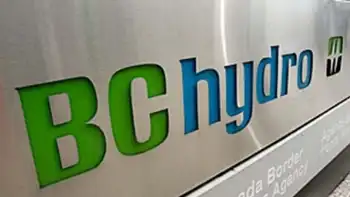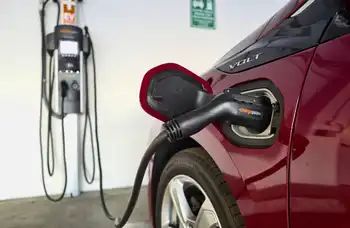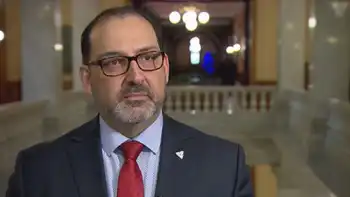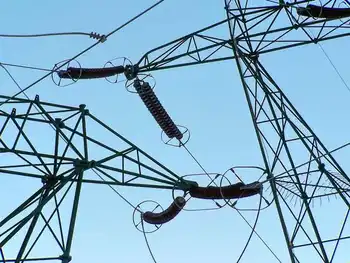Ireland, India to open grids to small-scale, private generators
The power produced could be used to run homes, and any surplus could be sold to the national grid. The plan is part of a new power-generation scheme announced by Ireland's Minister for Energy, Eamon Ryan.
According to the scheme, the first 4,000 people to install small-scale hydropower generators, solar panels, and wind turbines would be offered $0.19 per kilowatt-hour (kWh) for any surplus energy sold back to the grid during the next three years. This is $0.05 higher than the price consumers pay to the nation's Electricity Supply Board.
The Commission for Energy Regulation recently announced that it would pay $0.09 per kWh for micro-generated electricity. The payment of an additional $0.10 per kWh for the first 4,000 power generating homes would be contributed by the ESB. The cost of setting up a micro-generation unit is estimated to be in the range of $21,000 to $37,000.
To reduce the complexity and length of the process, the ESB will introduce a connection policy. To make the scheme even more attractive, Ryan announced that participants would not have to seek planning permission for setting up low-emission micro-generation units.
Ryan said that the success of the initiative would reduce Ireland's spending on fossil fuels by almost $7.5 billion per year. In his opinion, the scheme could alter the very nature of Ireland's electricity-generation process.
As Ireland is home to Europe's best energy-producing winds and most of the population live in regions that are suitable for energy generation, the scheme is very likely to be a success. Ryan added that Ireland could reverse its economic fortunes by using the country's abundant natural resources to strengthen its economy.
Sean O'Leary, vice-president of the Irish Farmers Association, welcomed the scheme as an important first step but added that the tariff offered must be increased to prices similar to those paid in France and Germany. Quentin Gargan, Managing Director of Turbotricity, a developer of household wind turbines, said that the scheme would give a huge boost to the green economy of the country.
In his opinion, the tariff offered would make wind turbines economically viable in locations with good wind conditions, but interested consumers must first ensure that there are no obstacles such as buildings and hedges that would block the winds blowing in from the northwest and southwest directions.
In a similar move, India's Ministry of Renewable Energy will shortly be introducing a feed-in tariff system to solar energy suppliers.
The prevalent financial crisis has forced many Indian companies to scale down their operations, and as a result, companies with captive power plants are being left with a huge power surplus. Several companies are exploring the possibility of selling excess power to the national grid.
A similar project has proved to be a success in the state of Gujarat. In 1985, three companies set up a captive power plant in collaboration with the state electricity board. The state government now purchases surplus power produced by the plant.
The power-contributing capacity to the national grid was 4% in 2004, and this is likely to grow to 20% by 2011-12. An estimated 20% of the current power deficit in the country could be addressed by purchase of power from the captive power plants of Indian industries. However, the process requires that the power generators be given "open access" to the grid, which is currently not provided by several state governments.
Until recently, seeking permission from the state government to sell power from a captive power plant was mandatory. However, the Central Electricity Regulatory Commission made amendments to this policy to allow firms to sell surplus power from a captive power plant through an open-access system without the need to obtain a separate license.
The only requirement is that the plant should consume at least 25% of the power it generates. The surplus power can be sold through the Indian Energy Exchange, an online electricity-trading platform.
Related News

B.C. government freezes provincial electricity rates
VICTORIA - British Columbia's NDP government has announced it will freeze BC Hydro rates effective immediately, fulfilling a key election promise.
Energy, Mines and Petroleum Resources Minister Michelle Mungall says hydro rates have gone up by more than 24 per cent in the last four years and by more than 70 per cent since 2001.
"After years of escalating electricity costs, British Columbians deserve a break on their bills," Mungall said in a news release.
BC Hydro had been approved by the B.C. Utilities Commission to increase the rate by three per cent next year, but Mungall said it will pull back its…





